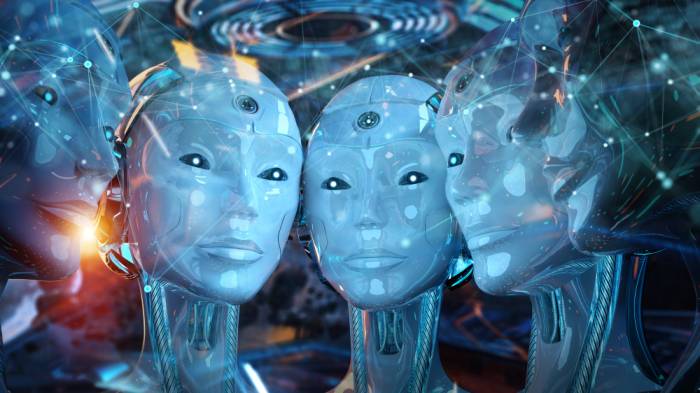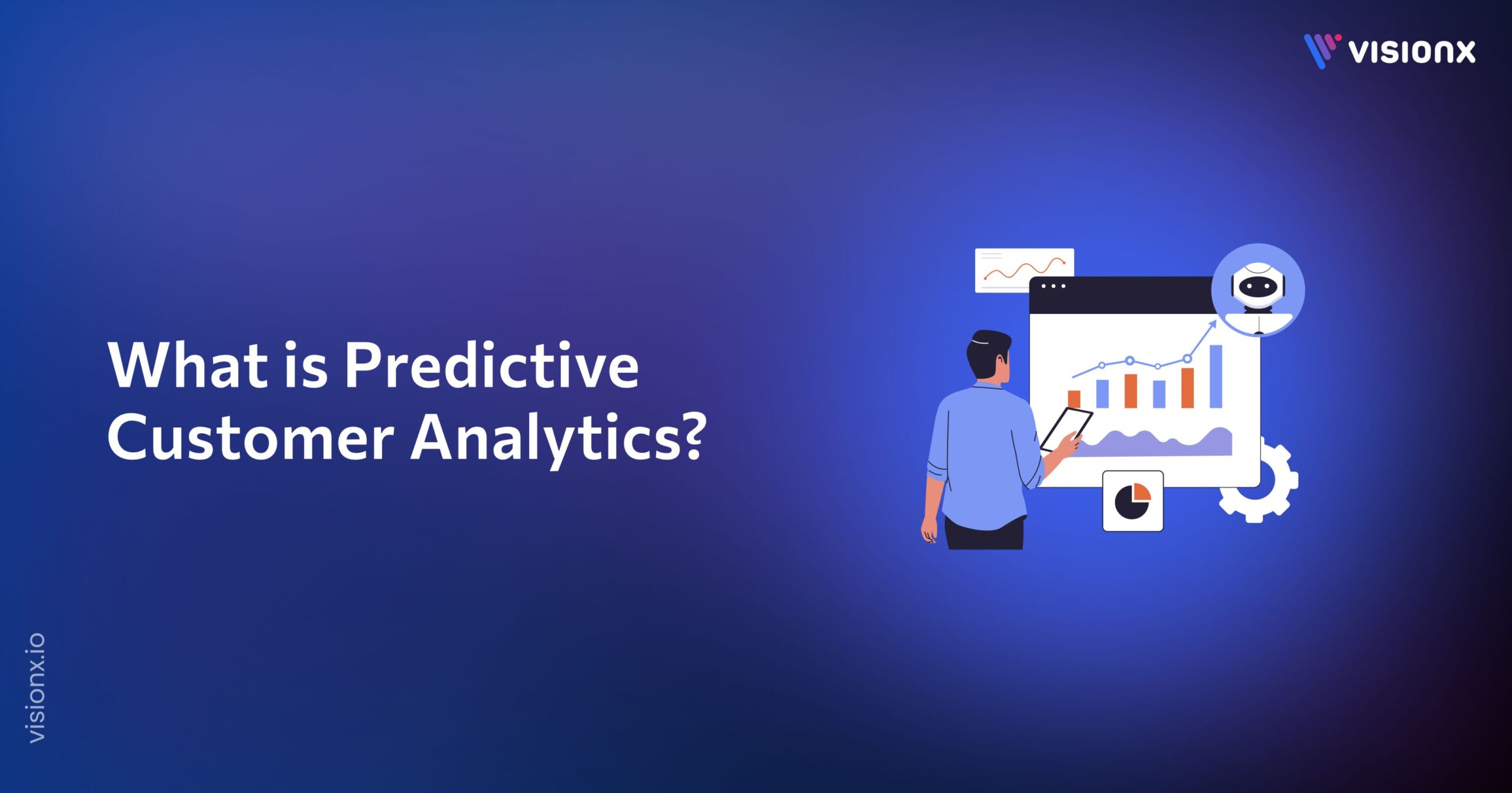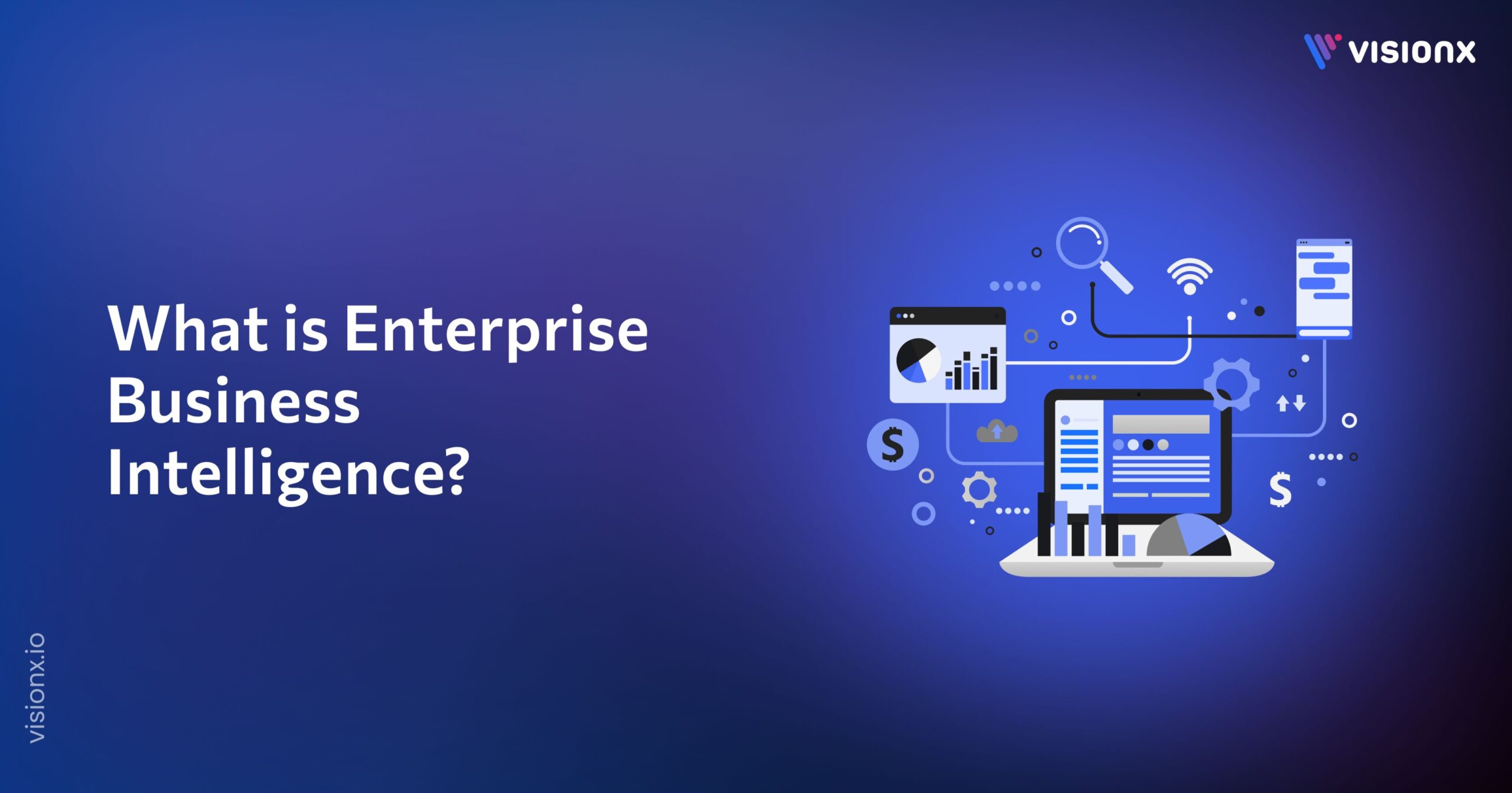AI has gone from being a phenomenon of the future to rapidly unfolding as part of life. It allows personalized experiences and seamless interaction with technology.
Generative AI has gained the spotlight of several branches of AI because it does something no other branch can. It can create original content in text, images, and music. Unlike traditional models of AI focused on analyzing or categorizing data, Generative AI can imitate human creativity— opening up an entirely new range of possibilities in the domains of art, entertainment, and marketing, among others.
This blog will explore the meaning and types of generative AI, its advantages, limitations, and real-world usage examples.
What is Generative AI?
Generative AI is artificial intelligence that creates new content rather than simply analyzing or categorizing existing data areas. It goes beyond the usual abilities of traditional AI models, which are built to predict some output, classify information, or provide insight into inputted data.
In contrast, generative AI models are designed to generate entirely new data displaying the same patterns and structures as the training data. Equipped with this capability, they can generate text, images, music, and video that match human creativity and expand machines’ potential.
By copying human creativity, generative AI has opened one of the most powerful innovation tools possible for developing new products, creating experiences, and coming up with ideas that no human could have imagined from the beginning.
Types of Generative AI models
Following are the different types of generative AI;
1. Generative Adversarial Networks:
The GAN framework itself is based on two neural networks: one Generator and the other Discriminator. One generates samples of some data, while the other sifts through the generated samples against real data for feedback.
In this adversarial process, the generator keeps generating data until the discriminator can no longer distinguish it from actual data. GANs are used in picture and video generation, making many applications possible—deep fake technology, art generation, and even super-resolution images.
2. Variational Autoencoders (VAEs):
One of the methods to learn lower dimensionality representation in data in an unsupervised way is variational auto-encoders. Their key components include an encoder mapping input data onto a latent space and a decoder reconstructing the original data from this latent representation.
This architecture allows VAEs to easily generate new samples from the latent space and then decode them, particularly in applications such as image generation, anomaly detection, and data imputation.
3. Autoregressive Models:
These models generate data one at a time, with each element predicted by previous ones. Autoregressive models can create logical sequences by using the context provided by preceding data points.
For instance, language models like GPT, a Generative Pre-trained Transformer, generate natural-sounding text that comes after the context. They have huge applications in chatbots and techniques requiring dynamic content generation and language translation, where understanding sequences and context happens to be at the center.
4. Transformer-Based Models:
These types of models process long sequences of data through the attention mechanism. Unlike traditional recurrent neural networks (RNNs), transformer models process data parallelly, offering high training efficiency.
This architecture allows the Transformer models to focus on different parts of the input data, making them efficient at text generation, summarization, and translation tasks. Models like BERT and GPT-3 have disrupted natural language processing by enabling fine-grained, context-sensitive interactions.
5. Diffusion Models:
These types of models refine random noise through iteration to create coherent outputs. They start with a random noise input and are then gradually transformed through a series of steps to produce the output at the end.
Diffusion models have recently become popular in image synthesis because of their high-quality image realization capability based on the distribution learned from training data. They are so powerfully creative that they can be used in applications related to the generation of very detailed and wide-ranging outputs, like the generation of art and photorealistic images.
6. Generative Tasks Reinforcement Learning:
The approach applies reinforcement learning to improve the quality of generated content based on user feedback. In this framework, a model generates outputs and gets feedback regarding their quality, guiding its learning process.
It uses a self-improving feedback cycle, enabling the model to improve its output with time; it becomes substantially valuable for relevant applications such as generating personalized content, video game design, and interactive storytelling. This can be done in case such models take in user input so that they adapt and evolve to generate content in line with user expectations.
How do the models of Generative AI operate?
These types of Generative AI models work by learning patterns and information from a considerable amount of data and then using that knowledge to create content similar to the original. It includes the following process;
- Define the goal: The process starts with defining the goal. The goal should be able to specify the type of content the model is supposed to produce.
- Data Preprocessing: The next step is to preprocess the data to ensure that it aligns with the goal of the Gen AI model.
- Select a suitable Model: After preprocessing the data, select the appropriate model structure that best suits your program, such as variational autoencoders (VAEs), autoregressive models, transformer-based models, etc.
- Implementation of Model: Now, implement the selected model structure. To use the selected model architecture, we must write code to create the neural network, define its layers, and establish their connections.
- Train the Model: After the implementation of the model comes training. To train the model, add the training data one at a time and adjust its parameters for the model to better match the planned outcome.
- Performance Tracking and Optimization: After the model training, it is necessary to analyze and maximize the performance of the model.
- Continuous Improvement: Once the results are analyzed, the places that need further work can be recognized. Consistent enhancement is crucial for developing a generative AI model.
Advantages of using Generative AI
Among the advantages of generative AI are the following ones:
- Creativity and Innovation: Generative AI can provoke new ideas and innovations by coming up with content that human beings might not have foreseen.
- Efficiency: It facilitates automated content creation, hence saving time and resources, particularly in the marketing and entertainment industries.
- Personalization: Artificial intelligence (AI) has the potential to produce content tailored to individual preferences, improving user experience across a wide range of applications, such as media consumption and online shopping.
- Cost Reduction: It helps an enterprise reduce operational costs by automating certain tasks that otherwise require human intervention.
Limitations of using Gen AI:
The following are the limitations of using generative AI;
- Quality control: Artificial intelligence AI-generated content typically falls short of quality standards and needs human review.
- Ethical implications: The most significant issue with using generative AI is that it can be applied to deep fakes or even deceive information.
- Dependence on Data: The quality of AI-generated content largely depends on how good the training data is.
- Computational Resources: Generative AI models are comparatively very computationally intensive and, hence, correspondingly expensive to run at scale.
Use cases for Generative AI
It is possible to generate any type of content using generative AI in a variety of scenarios. Some of the use cases are;
- Gen AI uses deep fakes to copy specific individuals or groups of people.
- Gen AI uses chatbots to assist with technical support and customer service.
- It is possible to generate text and images using generative AI models.
- Gen AI enhances demonstration videos of the product.
- Audio synthesis and sound generation are applications of Gen AI.
How can VisionX help in Generative AI?
VisionX understands that generative AI is the fuel your business needs to grow, and thus, our generative AI development services are developed to empower your business through the transforming power of artificial intelligence.
Our skilled team employs advanced machine learning tools and techniques to develop tailored AI models for generating content, augmenting data, and developing personalized customer interactions.
By joining forces with VisionX, you’ll open up new possibilities to boost your creative power and streamline processes, keeping your business at the forefront of competition. Let us be your compass in navigating the exciting world of generative AI to fuel growth and spark innovation within your company.
Concluding Thoughts
Generative AI signifies a major leap in artificial intelligence’s capability to redefine the domain of creative and innovative potential. Its capacities to constantly generate new content are unparalleled—from text to images, music to video.
Businesses in many industries can greatly benefit from different types of generative AI models to improve creativity and operational effectiveness and provide customers with customized experiences.
However, these opportunities also raise concerns about maintaining the quality of output, the ethical use of AI-generated content, and managing the significant computational resources involved, which need to be addressed to utilize the whole range of generative modeling capabilities.
AI generative models will keep impacting creativity and sparking new inventions as we move forward into the future.


